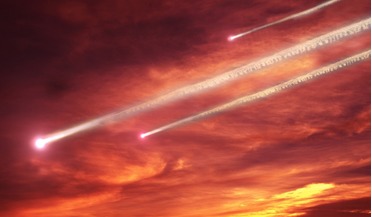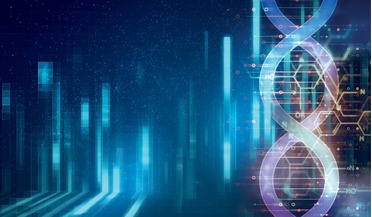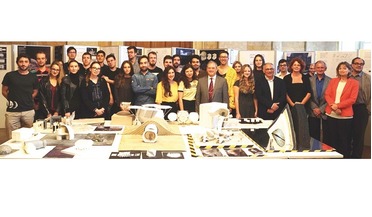 September 2016
URBOCOP: saving planet Earth
September 2016
URBOCOP: saving planet Earth
... Earth’s atmosphere. Cosmic rays from novas, supernovas and even pulsars. A potential danger of Earth being infected by microorganisms from inside meteors and other small celestial bodies that reach our planet’s surface. The threats...
 January 2018
Cosmic cocktails and galactic moonshine
January 2018
Cosmic cocktails and galactic moonshine
... help to show the possibility of beer production on the Moon, but Ashari stated, “Yeast is a prevalent microorganism. It’s in our food (bread), beverages, and pharmaceuticals (insulin)…so understanding yeast viability in space may have consequences...
 January 2018
Shielding the human genome
January 2018
Shielding the human genome
... design is exciting for our scientists.” It is common knowledge that the ISS is a very ‘dirty’ place, replete with microorganisms that develop unique and possibly more antibioticresistant capabilities resulting from exposure to zero gravity and other...
 August 2018
Monitoring marine litter by satellite
August 2018
Monitoring marine litter by satellite
... to spectro-radiometric techniques is the fact that, in time, plastic ML at sea accumulates bio-fouling (a layer of microorganisms, plants, algae, animals) on the surface, which could mask the material underneath, preventing detection of the ML item...
 August 2019
Architectural challenges of a Moon village
August 2019
Architectural challenges of a Moon village
..., grandmothers and other individuals with a culinary background and several natural assistants (bees, earth worms and microorganisms) and robotic helpers (farming robots) which will work alongside the human inhabitants. The function of the...
 January 2020
Collaborating to harness space innovation in healthcare
January 2020
Collaborating to harness space innovation in healthcare
... International Space Station (ISS) to sequence both DNA and RNA. This can, for example, be used to identify microorganisms that might be onboard, to understand whether they are harmful, and if so what to do about them. Imagine for example...